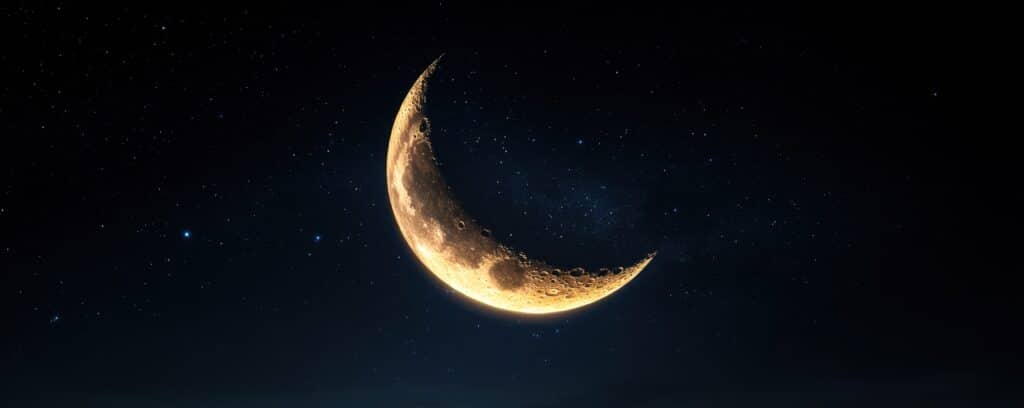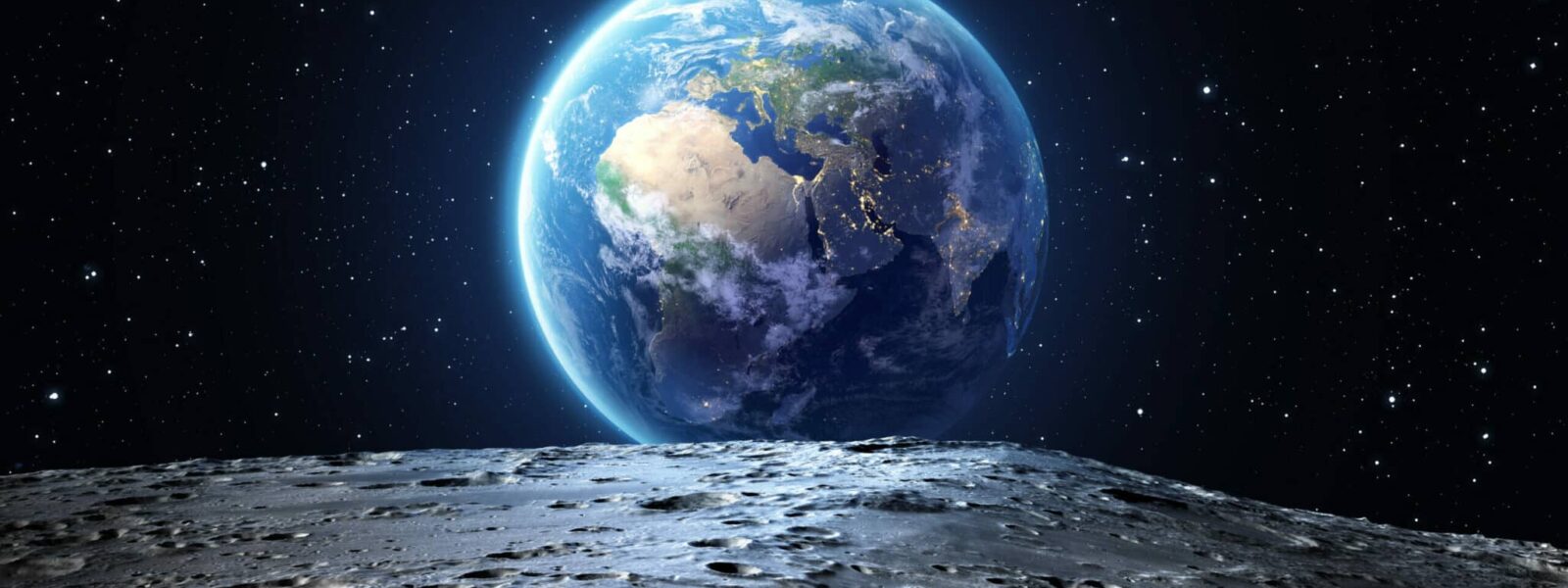Dark side of the Moon: the first samples arrive on Earth
- The Chinese probe Chang'E 6, launched on 3rd May 3 2024, brought back to Earth the first samples from the far side of the Moon.
- It carried DORN, the first French instrument to operate on the Moon’s surface; its mission was to measure radon (a radioactive gas continuously produced in regolith).
- One of Chang'E's objectives is to understand the difference in volcanic activity on the Moon's visible and, more importantly, its hidden sides.
- In one region of the far side, there may have been at least two volcanic events, occurring at different ages from those on the visible side.
- Analyses will refine observations made by remote sensing, which have shown the specific geophysical, chemical and mineralogical composition of the far side.
China’s Chang’E 6 probe, launched on 3rd May 20241, brought back to Earth the first samples from the far side of the Moon. The mission carried several international payloads, including the French instrument DORN2 (Detection of Outgassing RadoN). This was the first active French instrument deployed on the Moon’s surface, and its mission was to measure radon, a radioactive gas continuously produced in the regolith, in order to study the origin and dynamics of the thin atmosphere (known as the exosphere) surrounding our satellite. It also aimed to better understand the spatial and temporal variations in this gas, which had been detected from orbit by the Apollo 15–16, Lunar Prospector and Kaguya-SELENE missions, and which suggested the presence of highly localized outgassing activity, possibly correlated with certain seismic events.
DORN was designed and built at IRAP3, the Institute for Research in Astrophysics and Planetology, and is a project managed by the Centre national d’études spatiales (CNES) in collaboration with CNRS, Toulouse III – Paul Sabatier University, and the Institute of Geology and Geophysics of the Chinese Academy of Sciences (IGG-CAS). This instrument is the first collaboration between France and China in the field of planetary exploration. Its discoveries will help us to better understand the migration of gases on the surface of the Moon (the most accessible body without an atmosphere) and, more generally, the interactions and exchanges between planetary surfaces and their space environment.
An asymmetry between the visible and hidden sides of the Moon
The samples from the new 54-day mission are very different from those collected by previous missions, which all came from the visible side of the Moon. Chang’E landed on 2nd June 2 2024 at a pre-selected site (the Apollo crater) inside a very large impact basin 2,400 km in diameter, known as the South Pole-Aitken (SPA), which may have exposed lunar mantle rocks on the surface. The chosen site is covered with dark, cooled lava flows (basalts), which resemble the lunar seas found mainly on the visible side of the Moon (also of volcanic origin), but which are scarcely present on its hidden side.

One of the aims of recovering samples from this region is to understand the asymmetry between the visible and hidden sides of the Moon, and to understand why volcanic activity there has been different. The samples – over 2 kg of regolith and lunar rocks – were obtained using a drill and robotic arm5. The load then lifted off from the lunar surface, docked and transferred to the re-entry capsule, which remained in orbit, before returning to Earth.
“DORN recorded almost 110 hours of data in orbit and 20 hours of data during surface operations,” explains Pierre-Yves Meslin, scientific manager of the DORN mission at IRAP. He and his team are currently analysing the data.
Hypotheses about volcanic activity on the far side of the Moon
For the Chinese scientists, the first analyses of the samples carried out in the laboratory using radiometric dating, based on measurements of lead, rubidium and strontium isotopes, indicate the presence of basaltic rock fragments dating back 4.2 and 2.8 billion years, thus revealing the existence of at least two volcanic events in this region. The volcanic activity that took place on the far side appears to have occurred at different ages from the volcanism that is characteristic of the visible side, which mainly dates back more than 3 billion years, according to estimates based on the analysis of lunar samples brought back by the American ‘Apollo’ and Soviet ‘Luna’ missions. These new discoveries were published by Zexian Cui and his colleagues from the Guangzhou Institute of Geochemistry of the Chinese Academy of Sciences in the journal Science6, and by Qian Zhang’s team from the Beijing Institute of Geology and Geophysics in the journal Nature7. The latter study dates certain samples back 4.2 billion years.
The researchers believe that the thin crust beneath the SPA basin may have allowed volcanism to persist in this region. They have been able to show that it was probably not the content of radioactive elements (uranium, thorium, potassium-40), highly enriched in certain volcanic plains on the visible side, that was responsible for this volcanism. But the relative rarity of traces of volcanism on the hidden face remains to be explained.

The non-basaltic samples also collected will provide a better understanding of the formation of the primary lunar crust (light-coloured high plateaux characteristic of the far side of the Moon), the effect of impact processes on this crust, and perhaps access to the composition of the lunar mantle, possibly exposed in the SPA basin.
“These analyses will make it possible to refine previous observations made by remote sensing, which have shown that the far side of the Moon is different from the visible side in terms of geophysics (differences in the thickness of the crust, for example) and the chemical and mineralogical composition of the rocks,” explains Pierre-Yves Meslin. For example, the quantities of potassium, rare earths and phosphorus (known together as KREEP) differ from one side of the Moon to the other.
The giant impact that created the SPA basin could be the cause, since it was powerful enough to redistribute lunar materials. For example, it could have transported materials rich in KREEP towards the visible side of the Moon, leaving the mantle on the hidden side depleted in KREEP.















